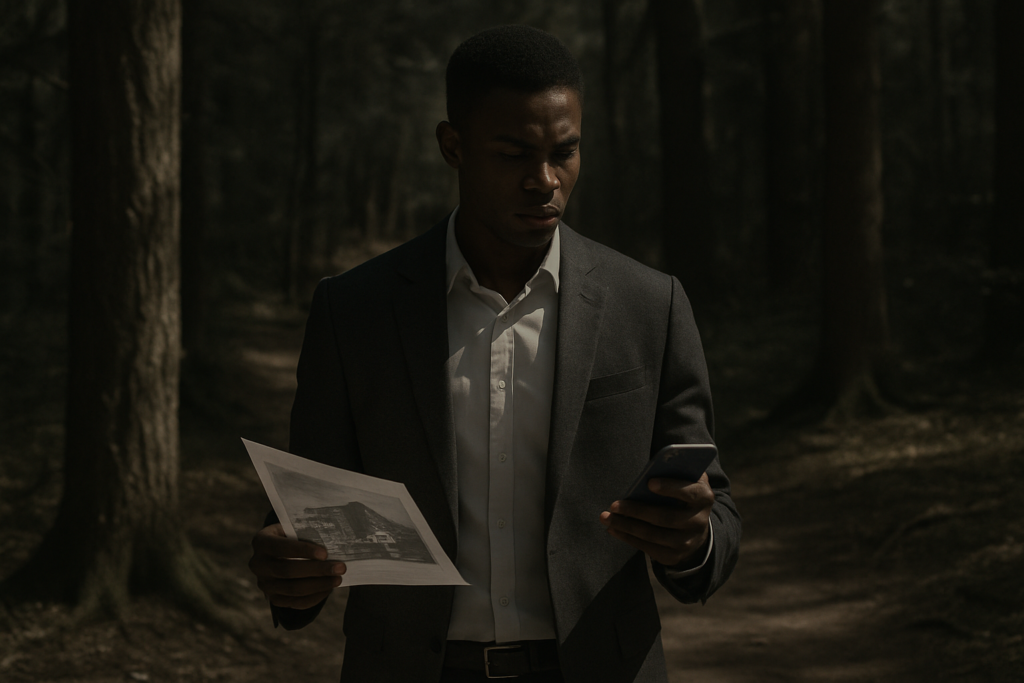Shifting the Way Homebuyers Search
In 2026, house hunting is rarely happening from the front seat of a car. It’s unfolding behind screens laptops, headsets, and even phones. The push for remote first home shopping started years ago, but it’s now the default expectation, not an optional perk. Buyers don’t want to schedule five in person tours just to form a short list. They want depth, speed, and autonomy upfront.
Static images and stitched together videos aren’t cutting it anymore. Today’s buyer wants to walk through a property like they’re already holding the keys. They want to stand in the kitchen, glance out the bedroom window, and feel what it’s like to live there without booking a flight or taking a day off work.
That means immersive tools aren’t a bonus they’re part of the process. Virtual solutions need to be efficient, intuitive, and realistic. The more a platform can replicate the experience of being on site from layout and lighting to ambience the closer a buyer feels to making the call. In a market that moves faster with every year, that kind of decision making edge isn’t just nice to have. It’s mandatory.
VR Powered Home Exploration
The days of clicking through pixelated photos and guessing room sizes are done. Virtual Reality now offers fully interactive home tours where buyers aren’t just spectators they’re in control. Think of it as a room by room walkthrough, but smarter. You can adjust the lighting to see what a room looks like at sunset or play around with virtual furniture to get a feel for layouts that match your style.
Customization goes deeper. Staging is no longer one size fits all. Buyers can toggle between design themes, test paint colors, or preview renovations in real time. The experience becomes tailored, frictionless, and more memorable.
Accessibility has leveled up big time, too. Whether you’re shopping from two states away or across continents, a quality VR setup means you’re steps away from any home tour without hopping a flight. It’s not just convenient it’s efficient.
And it all plays well with the growing ecosystem of smart devices. From VR headsets to your smartwatch, home shopping now works seamlessly across platforms.
Explore how virtual home tours are redefining the real estate experience
Emotional Connection Through Immersive Design

Photos are flat. Even fancy videos can feel impersonal. What buyers want now is a sense of presence something virtual reality is getting better at delivering. When scale and depth are accurately rendered, decision making becomes more than just critical thinking. It becomes instinct. Room proportions, ceiling height, light flow these all register differently when you’re virtually standing inside a space, not just looking at it from a screen.
And it’s not just about measurements. Buyers are leaning heavily on feel. Ambient noise simulations, lighting that changes with the time of day, and digitally staged furniture help people gauge whether a house feels like home or just checks boxes. By giving buyers the power to walk through a home at their own pace and under different settings, VR helps create that gut level yes or a quick pass that saves everyone time.
Ultimately, the goal is to help buyers visualize life. Morning coffee routines. Late night laundry. Family dinners. If your VR tour can deliver a sense of what daily living looks and feels like in that space, you’ve already moved them further down the funnel.
Shortening Sales Cycles
House hunting used to take weeks sometimes months of weekend tours, scheduling headaches, and in person walkthroughs that led nowhere. In 2026, that’s changing fast. Thanks to VR, homebuyers can now filter their “maybes” into clear yes or no buckets in hours, not days. Fully immersive virtual tours let them see every corner, assess layout flow, and feel the space all without setting foot inside.
Physical tours haven’t vanished, but they’re no longer the starting point. Instead, buyers narrow it down to one or two serious contenders before ever calling an agent. That makes walk throughs feel more like inspections than discovery. It’s also a time saver for agents, who now use VR to pre qualify committed buyers, not just casual browsers.
Smart agents are leaning hard into this. They know virtual first buyers expect efficiency and clarity. And when the final walkthrough happens, it’s more like sealing the deal than making the shortlist.
Discover how virtual home tours are transforming the buyer journey
What to Expect Next from VR in Real Estate
The virtual home tour of 2026 isn’t just about walking through a digital model it’s tailored, secure, and interactive like never before.
AI now plays a central role, customizing virtual tours based on user preferences and behaviors. If you’re into open kitchens, large windows, or solar panels, the system adjusts your journey to highlight those features first. This saves time and helps buyers focus on options that actually match their priorities.
Meanwhile, virtual open houses have evolved into real time events. Prospective buyers can tune in from anywhere, ask questions live, and even request to see specific angles or features on the spot. It’s remote, but conversational a big step forward from pre recorded walkthroughs.
On the transactional side, blockchain integration is reducing friction. Buyers and sellers can exchange documents, verify property records, and handle digital signatures securely without ever stepping into an office. The tools are doing what they’re supposed to: making deals smarter and faster, not just flashier.
So while the tech’s gotten sleeker, the big shift is practical. It’s all about cutting noise, adding clarity, and giving homebuyers confidence from wherever they are.
The Bottom Line
VR Is Now an Expectation, Not an Extra
In 2026, virtual reality in real estate is no longer seen as experimental or optional it’s a standard part of the homebuying experience. Agents and developers who fail to adopt immersive technologies risk losing relevance in a market that demands innovation.
Homebuyers expect immersive tours as part of the listing
Agents who don’t offer VR risk being perceived as outdated
Developers are embedding VR into pre construction sales models
Smarter, More Human Centered Tech
The most successful VR tools aren’t just high tech they feel intuitive and personal. From AI guided virtual walkthroughs to realistic lighting and furniture layouts, today’s buyers want technology that mirrors authentic, real life engagement.
AI personalization tailors tours to buyer preferences
Realistic spatial awareness creates emotional connections
Easy to use interfaces make the tech approachable for all ages
Standing Out in a Competitive Market
For real estate professionals, leading with VR is more than just a tech upgrade it’s a powerful branding move. Offering intelligent, interactive experiences signals a forward thinking approach and builds immediate trust with modern buyers.
Position yourself as an innovative agent or firm
Streamline qualifying stages by using VR strategically
Foster lasting impressions through immersive, memorable tours




